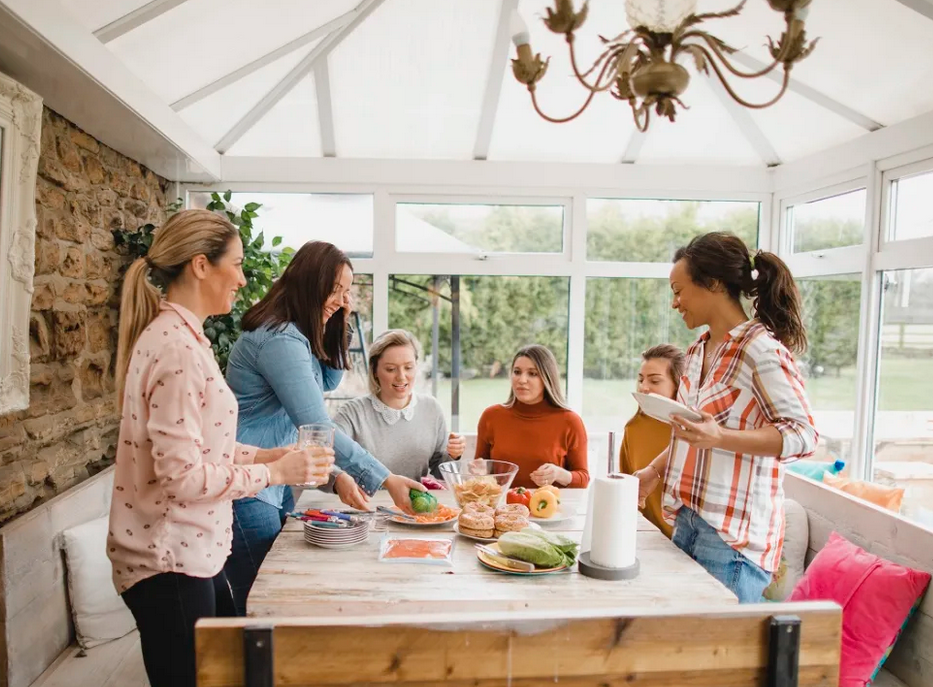
A conservatory adds an extra level of comfort to your home and it can also affect the Energy Performance Certificate rating of your property. It can also be a hindrance when it comes to energy efficiency – especially with conservatories built in the 80s, 90s and early 00s. So is your conservatory bad for your energy bills or does it help you save on them?
In this article epc-belfast, who provide EPCs in Belfast offer you’re their expert advice.
Factors that influence the energy efficiency of a conservatory
A poorly positioned conservatory with single glazed windows and a draughty roof isn’t going to be very energy efficient – it’s essentially a glass room with a plastic roof, after all. But a modern, well-designed conservatory can be very energy efficient if it has the following qualities.
Clever construction, materials and planning
A big part of energy efficiency is down to the materials used in the structure. This goes for anything – windows, doors and conservatories. As such, many modern conservatories are designed with thermal efficiency in mind from day one. This means:
- Double or triple glazed windows and doors. These window types offer more insulation and help reduce heat transfer through the glass. This can help to keep your conservatory at a more comfortable temperature all year around.
- Low-emissivity glass. Using glass which has a metal oxide coating on the inside face of your conservatory windows can help reflect heat from radiators back into the conservatory. This can help reduce heat loss by keeping heat inside the structure.
- Specialist roof materials. Conservatory roofs can be made of a glass which has a solar control coating, allowing it to reduce the amount of heat entering the conservatory as well filtering sunlight for reduced glare. Alternatively, replacing a classic glass or polycarbonate conservatory roof with a more insulating material or even tiling it can reduce heat loss through the roof of the structure if you don’t mind the loss in natural light.
- Natural ventilation systems. Designing natural ventilation systems such as top-opening windows or roof vents with a good seal will allow good ventilation during warmer weather, and is far more economically and environmentally friendly than having air conditioning.
Additional energy saving features
There are some relatively inexpensive fixes that can help increase the energy efficiency of your conservatory and help you keep more heat in during colder weather. This includes:
- Installing blinds, shutters or thermal curtains. While they won’t get your conservatory up to the thermal standard of a regular room, they do reduce the amount of energy lost through your conservatory. Installing a sealed sliding or door or thick, heavy curtains on the door connecting your conservatory to your home can also help keep the heat in your home.
- Thermostatic control of your conservatory. Heating your whole home, conservatory included, is an inefficient way to use energy and will result in wasted energy and spend. If you do choose to heat your conservatory, only heat it when you’re using it to save energy.
A well-designed conservatory that uses energy saving measures can actually reduce the amount of energy you need to heat your home. It does this by creating a ‘buffer zone’ between your indoor and outdoor living spaces where naturally produced heat can be stored. Energy efficient conservatories can therefore slow the escape of heat from your home and keep it warmer for longer.
For more information and prices on EPC in Belfast contact energy assessors in the area.